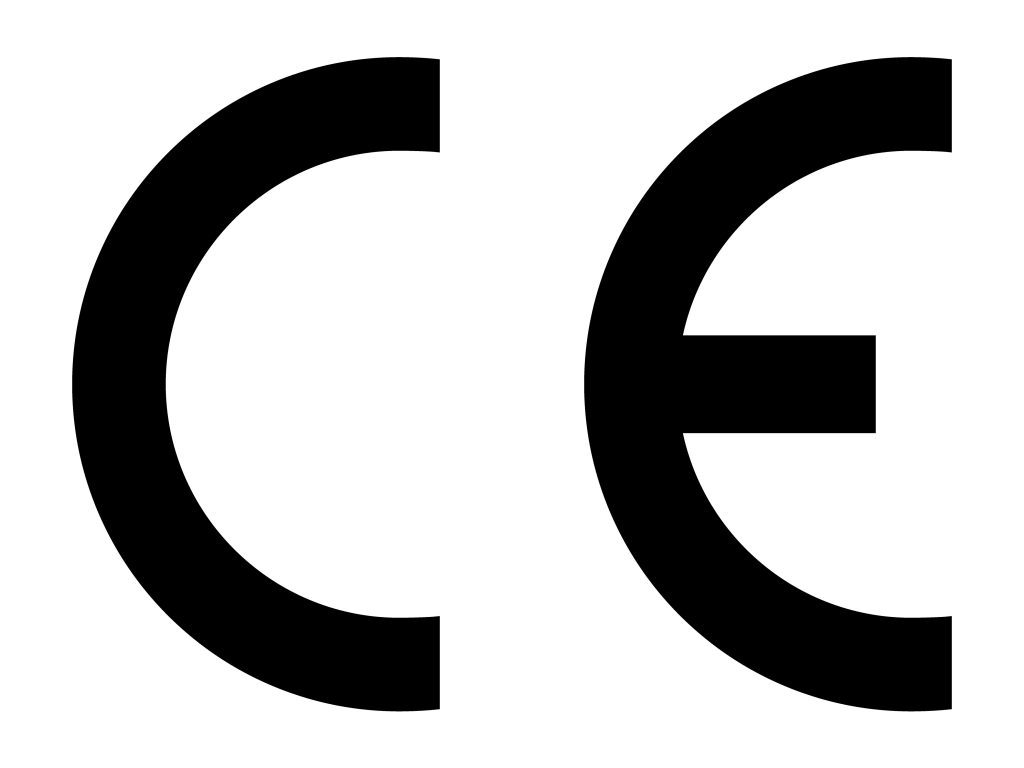CE Certification Requirements
The CE certification process is where either a manufacturer or a Notified Body declares that a product complies with all the requirements placed upon it under the various CE Marking Directives.
For example, a piece of machinery may have to comply with the Machinery Directive for safety, EMC Directive for Electromagnetic Compatibility, and RoHS for substance content.
The CE certification process ensures compliance with these Directives and is a statement of how it complies. The customer can then be reasonably assured of the quality of the product in respect of these aspects.
The CE Mark is the last stage in the compliance process after all the technical documentation and requirements are met.

Getting CE Certified
For many products self-declaration by the manufacturer of an EU Declaration of Conformity (EUDoC) is all that is required if the product is of a low-risk category.
For higher-risk products where there is a more rigorous requirement such as Personal Protective Equipment against harsh hazards, an EU Notified Body has to issue the Type Examination Certificate (Module B) and may also need to certify the production line quality and procedures (Modules C2 and D typically).
The need to use a Notified Body is generally spelled out in the body of the relevant Directives.
Products Requiring CE Marking
25 Directives require CE Marking. These cover the following:
- Electrical
- Medical devices
- Machinery
- Lifts
- Personal protective equipment
- Recreational craft
- Toys
- Pressure vessels and equipment
- Explosives
- Equipment for explosive atmospheres
- Measuring instruments
- Construction products
- Pyrotechnical products
- Among many others
Some products also will need to comply with the requirements of several Directives.
CE Certification Requirements
There are normally five stages to CE Certification.
Stage 1
Identify the applicable Directives for your product. This must be done thoroughly as all the following processes are based on this analysis. Look at the scope of the Directives carefully as they always list what is within scope. Typically, there are exclusions as well.
If you have a product where you are not sure which Directive is applicable then Technology International can help with this process. Identification at the design stage is preferred so that any requirements can be built into the product from initial production. Think of the cost to retrofit or change the design while a product is in production with all the direct and indirect costs involved.
Stage 2
Identify the appropriate requirements for compliance of your product. Standards are one method to show compliance, as well as the use of test labs.
If it is a high-risk product, then a Notified Body will need to be involved in the process to some degree.
Stage 3
Carry out the various assessments and continue until the product is 100% compliant.
Stage 4
Compile technical documentation. This is normally a technical file showing how the product is in compliance with the requirements and this must be kept in existence for at least 10 years. It needs to be available for inspection by the authorities during this time. Then the EU Declaration of Conformity can be drafted and the product suitably marked.
From July 2021 there is a requirement for 18 Directives to have an Economic operator named who is responsible for holding the product compliance information within the EU. No longer can this be held outside the EU except as a copy.
Remember that for most products other requirements are not part of the CE process but need to be complied with as well, like REACH compliance for chemicals.
The Instructions for the user have to be produced in local languages and with most Directives, the safe use instructions must be supplied with the product.
Stage 5
The CE Marking process does not stop here. You need to ensure that you have a system in place so that future production remains compliant and that any changes are addressed.
For example, standards are regularly revised and may not show compliance after a certain date and the EU DOC may need redrafting. You also need to have a system for responding to and correcting actions identified via customer feedback.
Lastly, if the product could cause any risks then there are obligations to notify relevant authorities in each EU country where the product is sold.
Technology International: Experts in CE Certification Requirements
While there are five stages to the process, the CE certification requirements can be quite stringent, and learning on the fly can be a false economy.
Using an expert company like Technology International to take you through the whole certification process will help your staff do it correctly, ensuring money is well spent. It also allows you to rest assured that you are being proactive to minimize future problems with compliance.